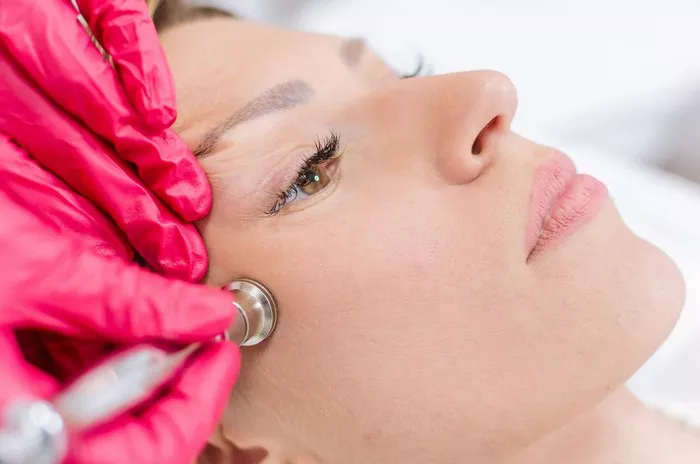Buccal fat pad removal surgery is a cosmetic procedure that involves the removal of fat from the cheeks to create a more defined facial contour. While the procedure is relatively simple and has a short recovery time, many patients are curious about the long-term effects of the surgery. In this article, we will explore what can be expected 10 years after buccal fat pad removal surgery.
The Procedure:
Buccal fat pad removal surgery is a relatively simple procedure that is typically performed under local anesthesia. During the procedure, the surgeon makes a small incision inside the mouth and removes a portion of the buccal fat pad. The incision is then closed with dissolvable stitches, and the patient is typically able to return home the same day.
Short-Term Results:
In the short term, patients can expect to see a significant reduction in the size of their cheeks following buccal fat pad removal surgery. This can lead to a more defined facial contour and a more youthful appearance. However, it is important to note that the results of the surgery may not be immediately apparent due to swelling and bruising.
Long-Term Results:
Ten years after buccal fat pad removal surgery, patients can expect to see a more defined facial contour that has been maintained over time. While the results of the surgery may not be as dramatic as they were in the short term, the reduction in cheek size should still be noticeable. Additionally, as the aging process continues, the results of the surgery may become even more apparent as the natural loss of facial volume is slowed.
Potential Risks:
Like any surgical procedure, buccal fat pad removal surgery carries some potential risks. These risks include infection, bleeding, and nerve damage. However, these risks are relatively low and can be minimized by choosing a qualified and experienced surgeon. It is important to discuss the potential risks of the surgery with your surgeon prior to the procedure.
Alternative Procedures:
For patients who are not good candidates for buccal fat pad removal surgery, there are several alternative procedures that can achieve similar results. These include facial liposuction, which involves the removal of fat from the face using a small cannula, and facial fillers, which can be used to add volume to the cheeks and create a more defined facial contour.
Conclusion:
In conclusion, buccal fat pad removal surgery is a relatively simple procedure that can produce long-lasting results. Ten years after the surgery, patients can expect to see a more defined facial contour that has been maintained over time. While the surgery carries some potential risks, these risks are relatively low and can be minimized by choosing a qualified and experienced surgeon. For patients who are not good candidates for buccal fat pad removal surgery, there are several alternative procedures that can achieve similar results. As with any cosmetic procedure, it is important to discuss the potential risks and benefits of the surgery with your surgeon prior to the procedure.


